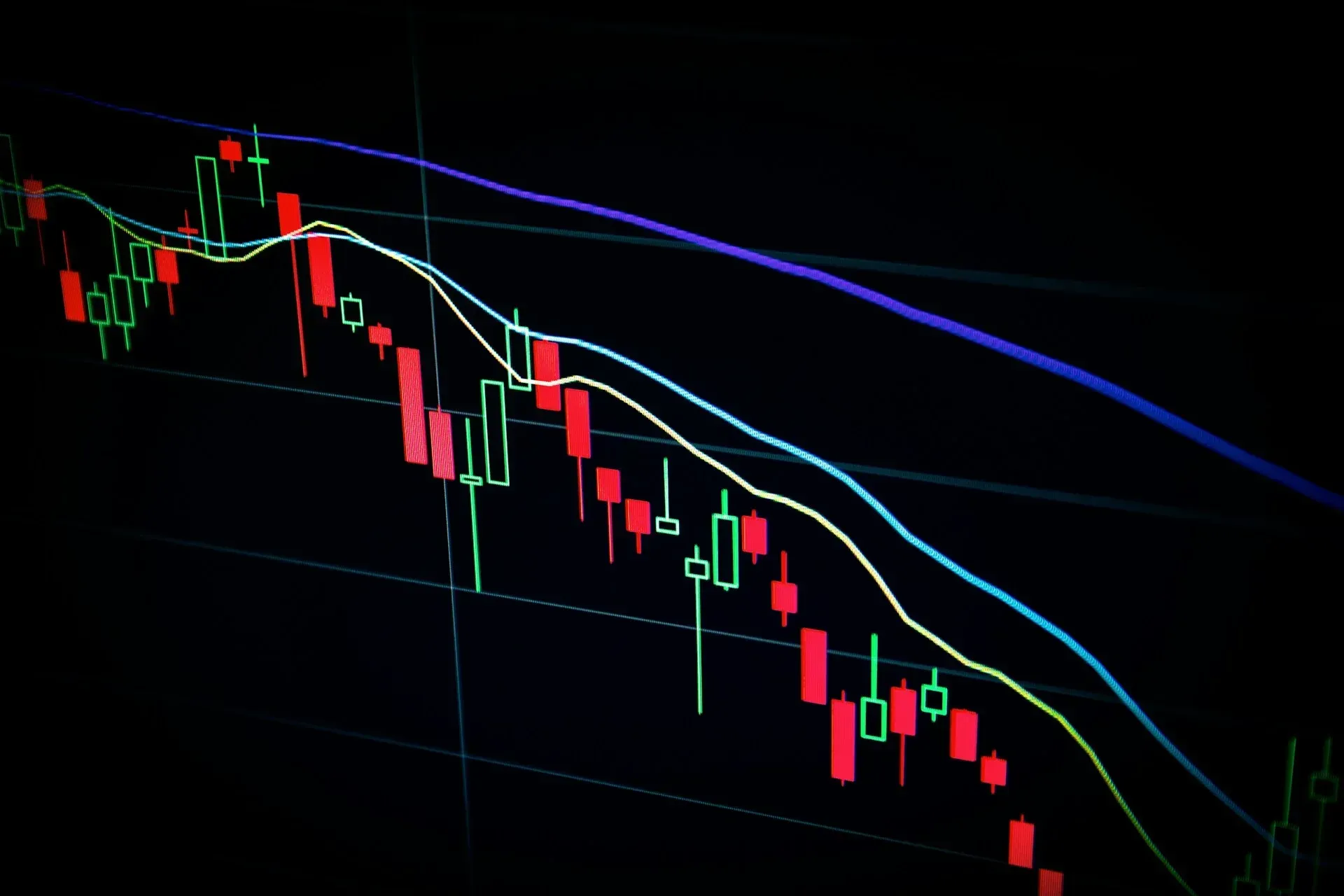Hedge Fund vs. Private Equity Fund | What's the Difference?
If you are an entrepreneur looking to raise funding, it is very important that you do your due diligence, understand the investment thesis, understand where the fund is in its life, and reach out to other entrepreneurs who have dealt with the fund.
You should seek as much information as possible before reaching out. Much of the information you need, to determine who you would like to target for an investment, appears on the website of the fund. And what is not publicly facing could be answered via inquiries with people that have done business with the fund. A specific and focused approach will always yield better results than a scattershot approach. Preparation and focus equals results.
However, the type of financing you should seek will depend a lot on the situation your company is in. In this article we will discuss two types of financing that are widely used: hedge funds and private equity funds.
What is a Private Equity fund?
A Private Equity (PE) fund is a closed-end fund, where the fund manager, typically the General Partner, pools together the money invested in the fund by all the investors and uses that money to make investments on behalf of the fund. A PE fund focuses on private companies. Similar to all other funds, the fund manager charges both management and performance fees for the management of the capital. A typical PE firm manages a series of stand alone PE funds and attempts to raise a new fund every 3 to 5 years as the previous fund is fully invested.
A PE fund is very similar to a Venture Capital fund with two exceptions:
Fund Length
A VC Fund is typically 7 years (initial) + 2 (possible extension) + 2 (possible extension). A PE fund is typically 10 + 2 + 2. The extensions are optionals and this gives the GP optionality on how to maximize the investment returns of the Limited Partners (LPs).
Control
A VC fund typically seeks to acquire 20% to 25% of the equity in an investee company. On the other hand a PE fund seeks to acquire 50+% of the equity.
What is a Hedge fund?
A Hedge fund is an open-end fund, where the fund manager, typically the Fund Manager, pools together the money invested in the fund by all the investors and uses that money to make investments on behalf of the fund.
Do hedge funds outperform private equity?
This depends on the investment thesis and the quality of the investments. If your company has shares for sale in a public market, then you may want to look for a hedge fund. If, on the other hand, your company does not have shares for sale in public markets, then you should consider contacting a private equity fund.
Private equity vs hedge fund: Top 10 differences
1. Investment Focus
The main difference between PE and Hedge funds is that PE Funds primarily invest in private companies that are not listed on a public market exchange. On the other hand, Hedge funds primarily invest in public companies and other over the counter, publicly traded financial instruments.
2. Company Stage
Hedge funds typically invest in mature, later stage companies that are publicly traded. On the other hand, Private Equity funds typically invest in less mature companies, and if they do invest in publicly traded companies, it is with the intent to take a company private (i.e. delist the company from a publicly traded exchange). Going private has two very distinct advantages: it eliminates the public compliance disclosures and the associated compliance costs. As such, private companies can focus on strategy and execution that are much longer term in nature without having to worry about retail investors.
3. Investment Horizon
Hedge funds primarily invest in liquid assets. The investors in a Hedge fund can typically cash out their investments in the fund at any time. The typical length of a Hedge fund is between 3 and 5 years whereas a typical PE fund is 10+ years. As such, investors in a PE fund are required to commit their funds for a minimum period of time, usually at least 5 years, and often 7 to 10+ years.
As we discussed in the Family Office vs. Hedge Fund article, Hedge Funds have a short-term investment horizon focused on maximizing returns.
4. Investment Risk
Hedge funds tend to involve a higher level of risk than private equity, that use more conservative strategies (as is the case with Family Offices). This is because they seek to obtain the highest amount of return on investment in a short period of time.
5. Investment Structure and Capital Contributions
Most Hedge funds are open-ended, so investors can come into the fund at any time. However, hedge fund investors can only add funds once. On the other hand, PE funds do not allow adding money after a certain period of time but private equity fund investors are free to add more funds, if necessary.
6. Liquidity and Lock-up Period
Investors in a Hedge fund can withdraw their money once the lock-up period has lapsed.
Both types of funds have a lock-up period, where the money cannot be removed from the fund. The typical lock-up period for a Hedge fund is between 6 months and 1 year to allow for the invested capital to be properly deployed. The typical lock-up period for a PE fund is between 5 and 7 years. Thus, PE funds have less liquidity than Hedge funds. The longer the defined length (in the fund formation documents), the longer the lock-up period. This is because a private equity investment is less liquid and needs time for the company being invested in to turn around.
7. Control
A Hedge fund typically does not have control nor influence over the companies in which they invest. On the other hand, PE funds control 50% or more of the equity and the voting rights. As such, they control the direction of the company.
8. Investors and Level of Participation
While the investors in both PE and Hedge funds could be the same, Hedge fund investors are typically institutions rather than individual accredited investors
While PE funds require active investor participation, hedge funds require passive investor participation. This is because in hedge funds, private investment companies raise funds from investors, to reinvest in other companies.
9. Taxes
Unlike Hedge funds, where profits are subject to taxes, in private funds, profits do not depend on the amount of taxes paid.
10. Funds life
Private equity investment funds have a contractually defined life. On the other hand, hedge funds do not have a limitation for the life of the funds.
Which is riskier: Private Equity or Hedge Fund?
It depends on so many factors that it is impossible to say without generalization. Hedge funds have a shorter term investment horizon and lack control over the investments. This makes it harder to influence the investment return.
What is better: Hedge funds or Private Equity?
It depends on your company's situation and maturity, you may be more inclined to contact one or another type of fund. For example, if your company is on the public market, and you want to maintain majority control over your company, then a Hedge fund makes more sense.
However, if your company is not listed on a public market and it operates in a fragmented market where there is no defacto incumbent, then teaming up with a PE firm to execute a roll-up strategy and consolidate the market would make a lot of sense.
Final Thoughts
The world of entrepreneurship and the path to scale are difficult and encumbered with challenges. Depending on your goals for the company and the maturity of the company, taking on an outside investment may be the catalyst that you need to take your company to the next level. Both PE and Hedge funds play an important role in the investment capital ecosystem but their suitability to potential investee companies is highly company and fund specific.
Clarity of the North Star for your company and doing your due diligence over potential investors are key to your company’s long-term success. Focus on creating a near perfect alignment between what you need to accomplish and what the investor needs to accomplish. Otherwise, headaches and disagreements are bound to arise.
Share










